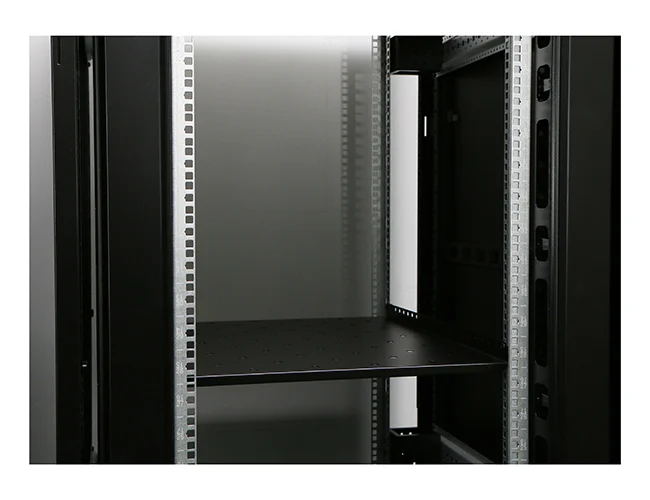News
Site Editor
 Site
https://leonetworkgroup.usa18.wondercdn.com/uploads/image/5fe152faa587d.png
Fiber optic cables have become increasingly popular in recent years due to their ability to transmit data over long distances at high speeds, making them critical components in modern telecommunications networks. To ensure their quality and functionality over time, fiber optic cables must regularly undergo testing to check for any potential issues. One of the most common ways to test fiber optic c
Site
https://leonetworkgroup.usa18.wondercdn.com/uploads/image/5fe152faa587d.png
Fiber optic cables have become increasingly popular in recent years due to their ability to transmit data over long distances at high speeds, making them critical components in modern telecommunications networks. To ensure their quality and functionality over time, fiber optic cables must regularly undergo testing to check for any potential issues. One of the most common ways to test fiber optic c
How To Test Fiber Optic Cable With Light
Views: 612
Author: Site Editor
Publish Time: 2023-07-10
Origin: Site
Fiber optic cables have become increasingly popular in recent years due to their ability to transmit data over long distances at high speeds, making them critical components in modern telecommunications networks. To ensure their quality and functionality over time, fiber optic cables must regularly undergo testing to check for any potential issues. One of the most common ways to test fiber optic cables is with a light source, which emits light through the cable to detect any potential problems.
There are two types of light sources that are commonly used in fiber optic cable testing: LED (light-emitting diode) and laser. LED light sources emit light in a broad spectrum of wavelengths, making them ideal for testing multimode fiber optic cables. Laser light sources, on the other hand, emit a single, narrow wavelength, which makes them better suited for testing single-mode fiber optic cables.
To test your fiber optic cable with a light source, you will need the following equipment:
1. A light source (LED or laser)
2. A power meter
3. A patch cord (single-mode or multimode) to connect the light source to the power meter
4. A fiber optic cable to be tested
5. A visual fault locator (optional)
Here are the steps to test your fiber optic cable with a light source:
Step 1: Connect the light source to the power meter using a patch cord.
Step 2: Connect one end of the fiber optic cable to be tested to the light source and the other end to the power meter using patch cords.
Step 3: Turn on the light source and set it to the appropriate wavelength (850nm or 1300nm for LED, 1310nm or 1550nm for laser).
Step 4: Look at the power meter to measure the light intensity, which should be within an acceptable range. The acceptable range varies depending on the type of fiber optic cable being tested, but generally, it should be between -10dBm and -20dBm.
Step 5: Repeat the test on different parts of the cable to check for any inconsistencies or drops in light intensity.
Step 6: If you notice any issues, you can use a visual fault locator to pinpoint the exact location of the problem. A visual fault locator emits a red light through the fiber optic cable, making it easier to locate any breaks or bends in the cable.
By following these simple steps, you can effectively test your fiber optic cable with a light source to ensure its quality and functionality over time. Regular testing can help you identify any issues early on, allowing you to address them before they become more serious problems that could disrupt your telecommunications network.
If you want to know more about industrial network cabinet,china fiber optic splice closure,china fiber optic distribution box,please consult the fiber optic splice closure factory









